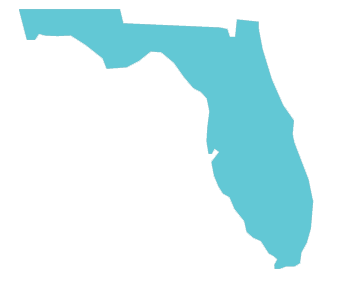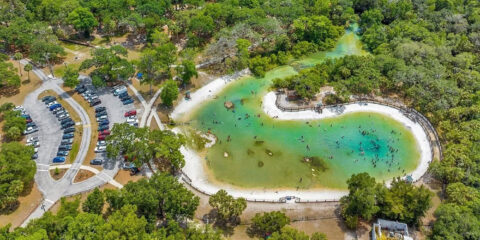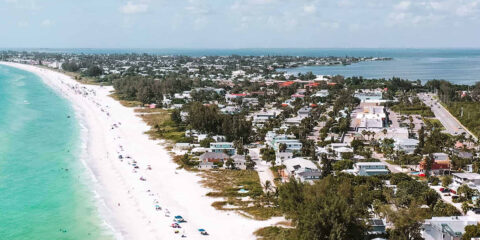Fort De Soto Park Beach
Fort De Soto Park Beach is a stunning coastal gem nestled on a series of barrier islands in Pinellas County, Florida. Known for its pristine sandy beaches, crystal-clear waters, and abundant natural beauty, the beach is a great option for tourists seeking outdoor adventures and relaxation. Let’s explore the allure of the beach, from its scenic landscapes and recreational activities to its historical significance and diverse wildlife. Read on as we uncover the wonders and delights that await at Fort De Soto Park Beach.
Sunbathe and Swim on Pristine Beaches
Fort De Soto Park Beach boasts several miles of white sandy beaches, providing the perfect setting for sunbathing, swimming, and beachcombing. Spread out your beach towel, soak up the warm Florida sunshine, and take a refreshing dip in the turquoise waters of the Gulf of Mexico. The beach is renowned for its cleanliness and unspoiled beauty, making it an idyllic spot for beach lovers and families alike.
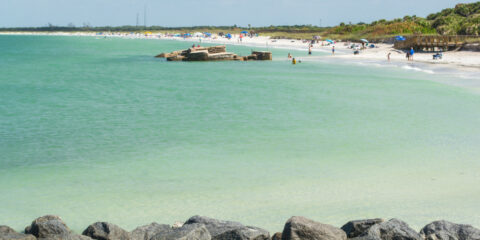
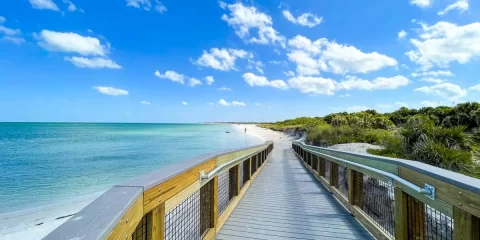

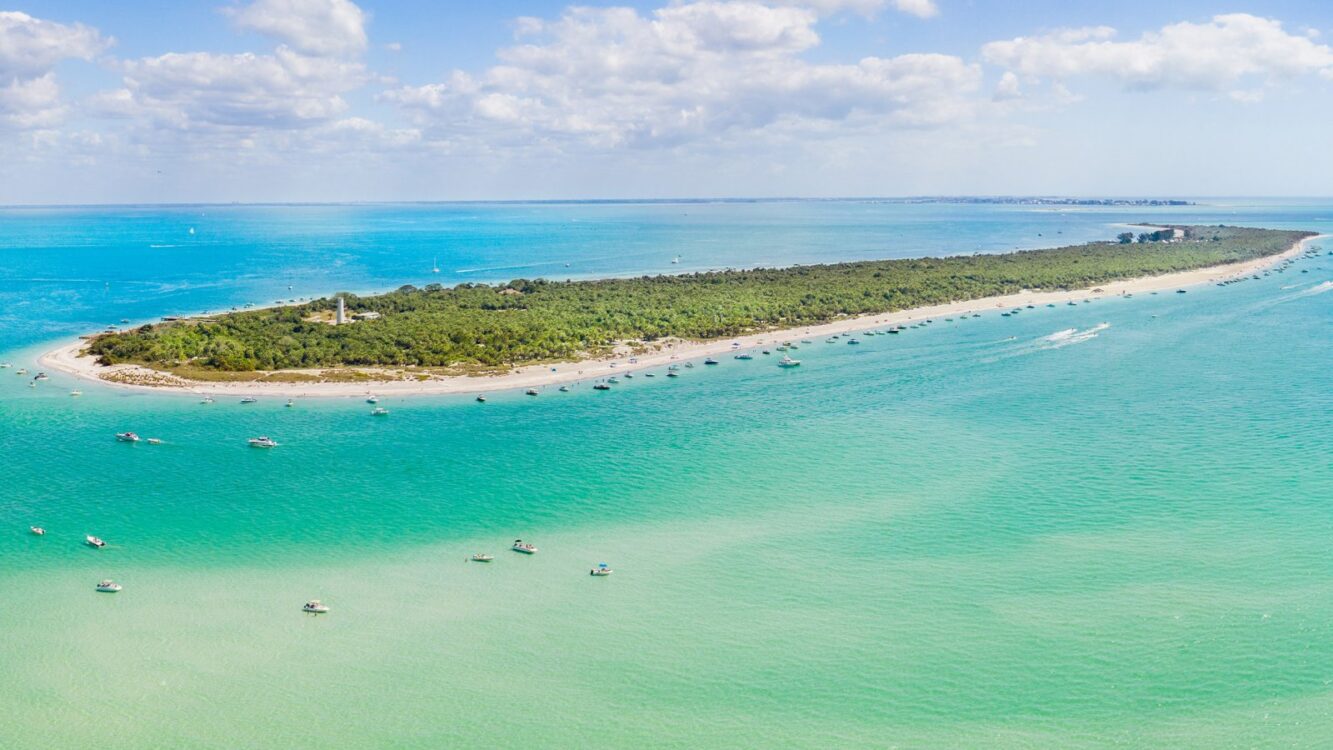
Explore the Fort and Historical Sites
Fort De Soto Park is home to a historic fort that dates back to the late 19th century. History enthusiasts can explore the remnants of the fort, including the gun batteries, ammunition rooms, and guardhouse, which offer a fascinating glimpse into the area’s military past. Take a self-guided tour and learn about the fort’s role in defending Tampa Bay during the Spanish-American War.
Engage in Outdoor Activities
The beach offers a wide range of outdoor activities that cater to all interests and ages. Rent a kayak or paddleboard and navigate the calm waters, or embark on a guided eco-tour to discover the park’s diverse marine life and mangrove ecosystems. Anglers will find excellent fishing opportunities, with species like snook, trout, and redfish abundant in the park’s waters. Cyclists can explore the park’s scenic trails, while hikers can wander through nature trails that meander through coastal hammocks and bird-rich marshes.
Wildlife Spotting and Birdwatching
Nature enthusiasts will be thrilled by the abundant wildlife and birdwatching opportunities at Fort De Soto Park Beach. The park is a haven for migratory birds, and birdwatchers can spot a variety of species throughout the year. Keep an eye out for herons, egrets, ospreys, and even bald eagles soaring overhead. Additionally, the park is home to diverse wildlife, including playful dolphins, manatees, and gopher tortoises.
Camping and Picnicking
Fort De Soto Park Beach offers a unique camping experience, allowing visitors to immerse themselves in the park’s natural surroundings. The campground features a variety of campsites suitable for tents and RVs, with amenities such as showers, restrooms, and picnic tables. Enjoy a cozy campfire under the stars and wake up to the sound of waves lapping the shore. For day visitors, the park offers picnic areas equipped with grills, perfect for a beachside barbecue with family and friends.
Fort De Soto Park Location and Accessibility
Admission to the park is free but you are required to pay a $5 fee per vehicle when entering the park. The park is located at the southern tip of Mullet Key, a barrier island in Pinellas County, Florida. Here’s a closer look at the location and accessibility of park:
Location
The beach is situated approximately 9 miles southwest of downtown St. Petersburg, Florida. It encompasses 1,136 acres and is divided into five interconnected islands: Mullet Key, St. Jean Key, St. Christopher Key, Bonne Fortune Key, and Madelaine Key. The park is nestled within the stunning natural landscapes of the Gulf of Mexico and Tampa Bay, offering breathtaking views and abundant wildlife.
Airports
For visitors traveling by air, the closest major airport is Tampa International Airport (TPA), which is approximately 30 miles northeast of the park. This airport serves numerous domestic and international flights, making it a convenient option for those arriving from different parts of the world. From the airport, visitors can rent a car or take a taxi to reach the park.
Road Access
The park is accessible by car via the Pinellas Bayway (State Road 682). If you are driving from St. Petersburg, you can take I-275 southbound and exit onto Pinellas Bayway, which leads directly to the park entrance. The park is well signposted, and navigation is straightforward.
Public Transportation
While there is no direct public transportation to the park, visitors can utilize taxi services or ride-sharing apps to reach the park from nearby cities or airports. Additionally, some tour operators and excursion companies may offer transportation services to the park as part of their packages.
Park Amenities and Accessibility
The park provides various amenities and facilities to enhance visitors’ experience. The park offers ample parking spaces, including designated areas for RVs and trailers. Restrooms, picnic shelters, and playgrounds are scattered throughout the park for convenience. Beach wheelchairs are available for individuals with mobility needs, and there are accessible paths and ramps for easy access to certain areas.
Once you arrive at Fort De Soto Park, getting around the park is relatively easy. The park features a well-maintained road network that connects different areas, including the beach access points, camping grounds, and historical sites. Bicycles are also permitted within the park, and rental options are available for those who wish to explore the park’s trails on two wheels.
Fort De Soto Park is a Must See
With its convenient location and accessible roadways, Fort De Soto Park invites visitors to enjoy its natural beauty, recreational activities, and historical landmarks. Whether you’re a local resident or a traveler from afar, Fort De Soto Park offers a serene and picturesque escape along Florida’s Gulf Coast.
